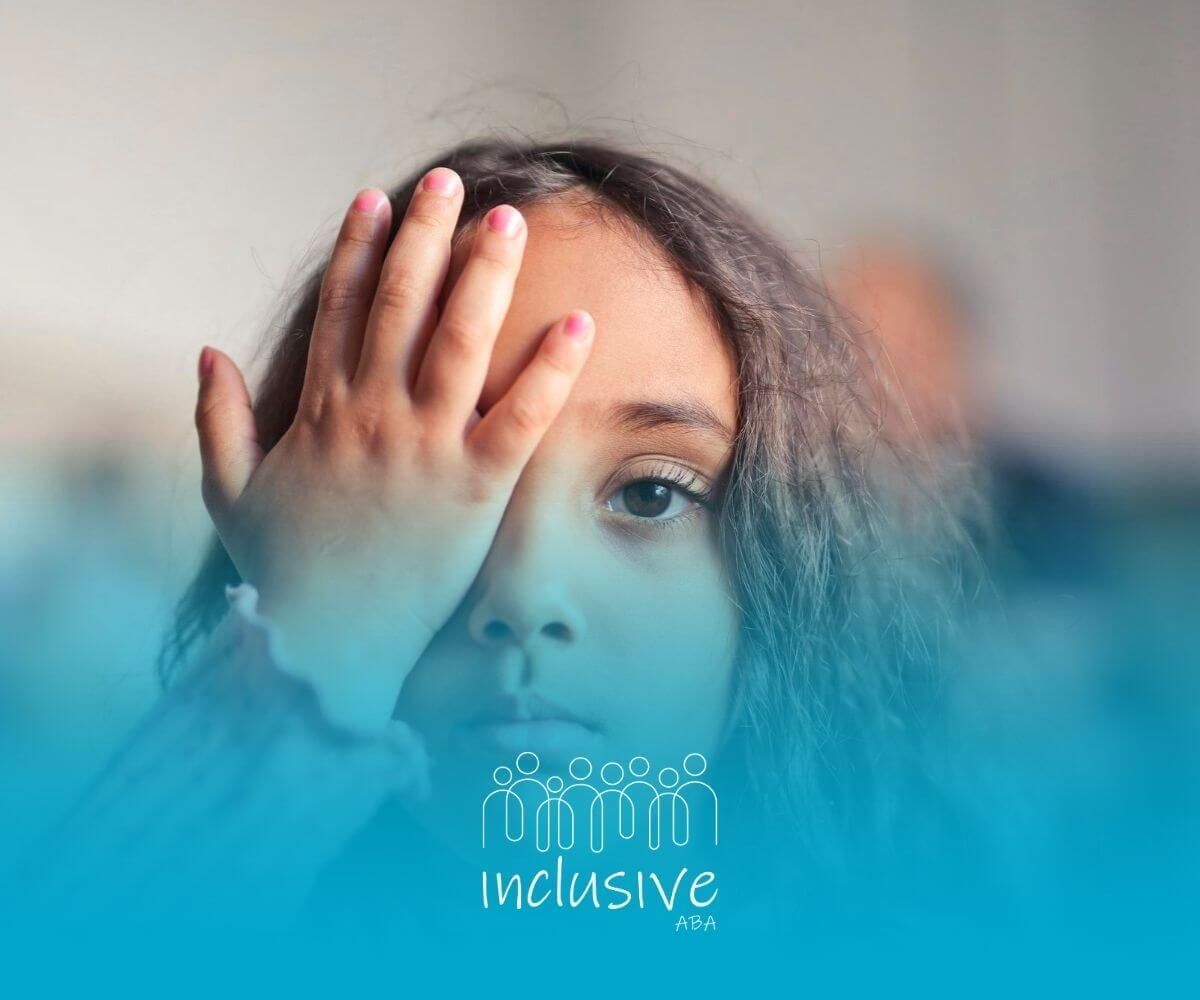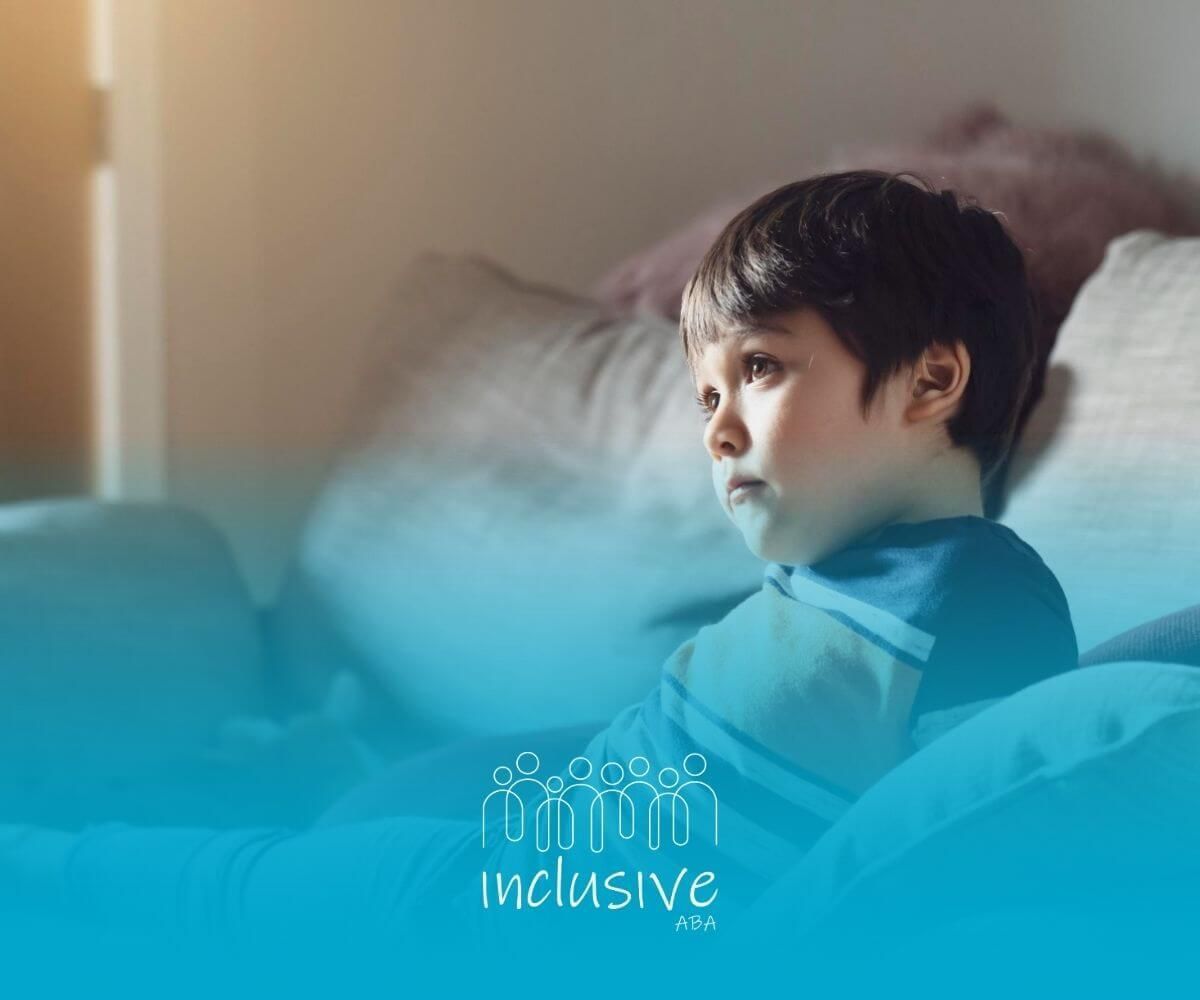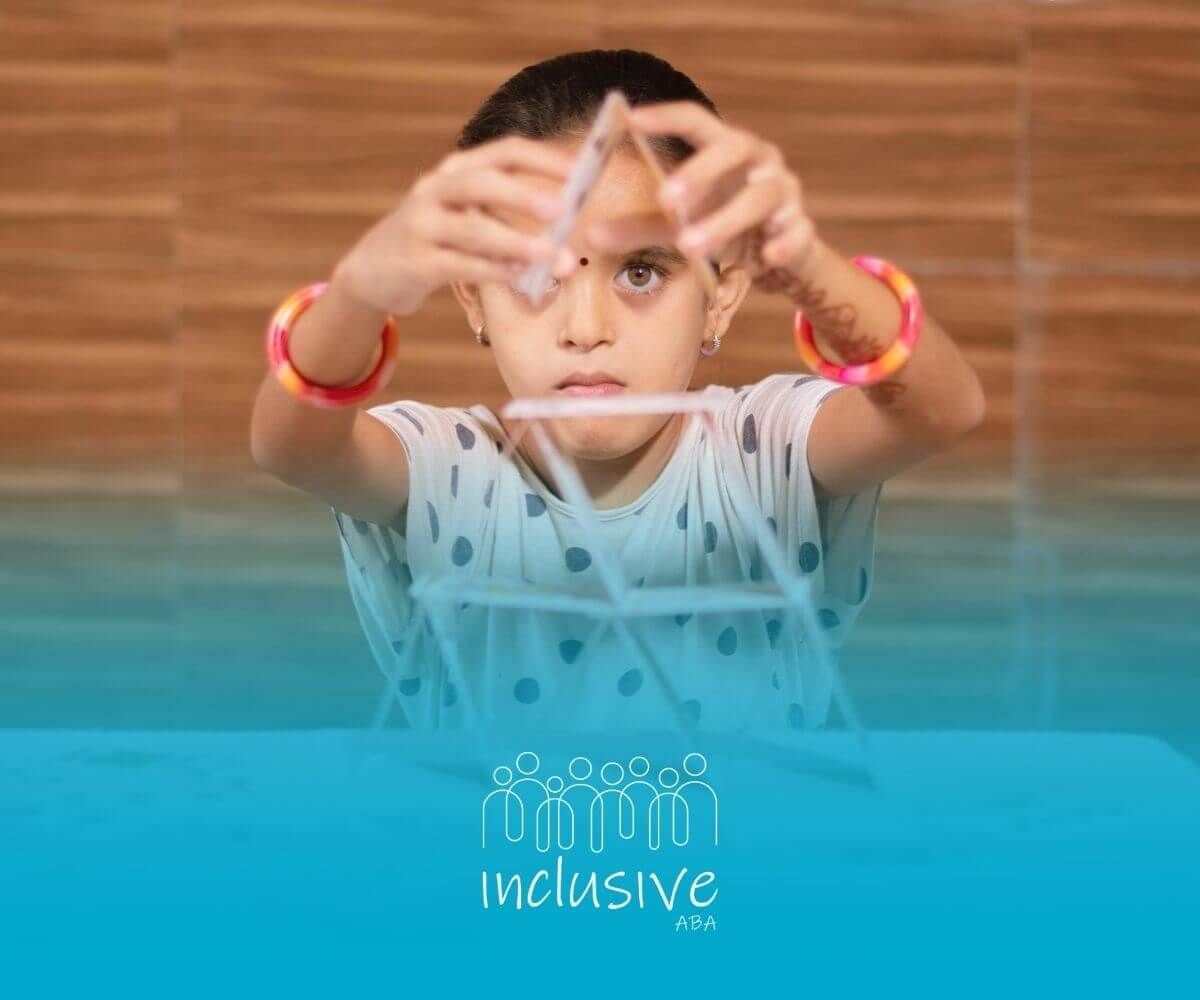Autism Versus ADHD Treatment Approaches
Understanding Autism Spectrum Disorder (ASD)
Autism Spectrum Disorder (ASD) covers a bunch of conditions where folks might have social hiccups, repetitive habits, and talking troubles. Getting a handle on the diagnosis, symptoms, and hurdles of ASD matters big time for parents, teachers, and professionals alike.
Diagnosis and Criteria
The American Psychiatric Association's big book, DSM-5, gives the lowdown on how to spot Autism Spectrum Disorder. Basically, the diagnosis is a group effort, pulling info from parents about the kid's early years and checking in with the people in the know. Sometimes, you'll find neurologists and genetic experts diving into the mix for a deeper look.
Here's the scoop on what they're looking for:
| Category | Required Components |
|---|---|
| Social Communication | Struggles with back-and-forth chat, body language, and making friends. |
| Restricted Interests | Doing things over and over or getting super into stuff, more than usual. |
These quirks show up early and mess with daily life, not just regular old intellectual or developmental bumps.
Symptoms and Challenges
Kids with Autism Spectrum Disorder can show all sorts of signs, and they can be really different from one person to another. Some common things you might notice include:
- Trouble talking, maybe taking longer to speak or not using words at all.
- Social struggles like missing social hints or not sharing feelings easily.
- Repeating actions like flapping hands, rocking back and forth, or sticking to a strict routine.
- Getting super focused on a hobby or object that others might not find as fascinating.
Finding these signs early can open doors for quick and helpful action that can make a big difference in how a child learns and grows. Sometimes, Autism comes along with buddies like ADHD, leading to autism and ADHD comorbidity.
For overlapping issues between autism and ADHD, check out our piece on autism vs ADHD symptoms for more tidbits. Spotting and grasping these signs early are key to putting the best game plan in place, as we lay out in the treatment section for autism and attention-deficit hyperactivity disorder.
Shining a Light on Attention-Deficit Hyperactivity Disorder (ADHD)
Grasping the ins and outs of ADHD is vital when it comes to picking apart its differences from Autism Spectrum Disorder (ASD). This area takes you through the traits, how they diagnose ADHD, and how some parts get mixed up between these two.
Traits and Diagnosis
Attention-Deficit Hyperactivity Disorder (ADHD) stands out with its ongoing issues of not paying attention, being super hyper, and acting without thinking, which often mess up one's daily groove or growth. The folks at the Centers for Disease Control and Prevention (CDC) mention that around 14% of kiddos with ADHD in the States also have ASD, and over half of the kids with ASD show signs of ADHD, too.
ADHD symptoms are usually boxed into two groups: not paying attention and being all over the place with hyperactivity and impulsivity.
| Characteristic | Inattention | Hyperactivity-Impulsivity |
|---|---|---|
| Symptoms | Can't focus, trouble organizing stuff, forgets a lot | Wiggles around, cuts people off, talks a mile a minute |
| How's it Diagnosed? | Symptoms hang out for over 6 months and show up before age 12 | Symptoms mess with life or development |
When it comes to figuring out if someone has ADHD, it's a mix of chatting with parents, watching behaviors, and taking some standardized tests. Health experts might also peek at the DSM-5 criteria to really nail down how serious the symptoms are.
Where the Lines Blur
ADHD and autism often wear similar shoes, which can make it tricky to tell them apart. For example, both conditions might show issues with staying focused, which throws a wrench in distinguishing one from the other. Recent numbers show that around 14% of kids with ADHD get an autism diagnosis, while ADHD symptoms pop up in kids with ASD about 15-25% of the time. That’s a big overlap in what they show and how they act.
Here's a quick peek at what sometimes gets shared between ADHD and Autism:
| Symptom | ADHD | Autism |
|---|---|---|
| Social Interaction Struggles | Trouble getting social cues | Trouble grasping and answering social cues |
| Impulsivity | Often jumps in when not needed | Might repeat actions or sayings (echolalia) |
| Hyperactivity | Too much moving around | Might find it tough to stick with tasks |
With the fuzziness of the symptoms, it's easy for a child with autism to get wrongfully tagged as having ADHD, or the other way around. Getting the diagnosis right matters a ton, as it steers the ship for what treatments and helps a child might need. Moms, dads, and caregivers should team up with experts to figure out this tricky landscape.
Key Differences between Autism and ADHD
Learning the ins and outs of Autism Spectrum Disorder (ASD) and Attention-Deficit Hyperactivity Disorder (ADHD) can be incredibly beneficial for parents, teachers, and healthcare folks. These two can look pretty similar at times, making it super important to highlight their unique traits—especially in how folks act and interact with others.
Behavioral Patterns
People with autism and those with ADHD tend to act in different ways, and here's how that usually plays out.
| Behavior Type | Autism Spectrum Disorder | Attention-Deficit Hyperactivity Disorder |
|---|---|---|
| Focus | Zeros in on specific hobbies or tasks, sometimes ignoring everything else | Has a tough time sticking to even the fun stuff |
| Impulsivity | Typically more thought-out actions; might repeat things or stick to routines | Acts on the fly, making quick decisions often without a second thought |
| Internalizing Issues | More prone to worry or feel down, often because of social stress | Being a bit too hasty can lead to acting out or cutting into others' space |
It's key to remember these conditions overlap quite a bit, sometimes leading to a mix-up in diagnoses. Research shows about 40% of kids with autism also have ADHD, and the same goes the other way around.
Social Interaction Variances
How these folks chat and hang out with others has its own differences worth noting.
| Interaction Aspect | Autism Spectrum Disorder | Attention-Deficit Hyperactivity Disorder |
|---|---|---|
| Social Engagement | Might not catch on to social hints and can struggle in chats, sometimes "masking" to blend in | Happy to join in but can jump in at the wrong time or go off-topic |
| Communication Style | Likes a plan; might use less talking or have a back-and-forth style that's not typical | Tends to run the show in talks, talking without taking turns |
| Relationship Development | Finds making and keeping buddies tough, leaning on routine | May have a big group of pals but might not go deep in friendships due to being impulsive |
Each condition has its own way of needing support for social life and behavior. For families trying to get a grip on these differences, this understanding is super important and will help guide treatment choices.
Knowing what sets apart autism from ADHD helps caregivers and the pros tailor their approaches better for folks dealing with these different challenges.
Treatment Approaches for Autism and ADHD
Picking the right game plan for Autism Spectrum Disorder (ASD) and Attention-Deficit Hyperactivity Disorder (ADHD) isn't a one-size-fits-all situation. Every kid's symptoms and what they need can vary, giving you plenty of paths to explore.
Behavioral Therapy
Behavioral therapy often gets the nod for younger kids dealing with autism or ADHD. It gears them up with skills to handle life’s curveballs, manage themselves better, and hang out with others without things getting tricky. For older kids, professionals usually suggest mixing it up with meds as well.
With ADHD, behavioral tricks emphasize teaching children how to handle their symptoms rather than tweaking what makes ADHD what it is. Some of these strategies include:
- Positive reinforcement
- Guiding parents on effective methods
- Social skills boot camps
While some kiddos can sail through fine with just these techniques, others might need a combo deal with medication to really hit the sweet spot in their treatment.
Medication Options
Medicine isn't a magic switch for autism or ADHD, yet it can make specific symptoms more manageable. Certain pills aim at behaviors related to ASD, helping kids focus more on learning stuff and talking with others. They really pull their weight when teamed up with behavioral therapy.
The FDA has given a thumbs-up to certain antipsychotic drugs, like risperidone and aripiprazole, to settle irritability in ASD kids within certain age brackets. However, lots of popular meds for easing autism symptoms aren't officially cleared by the FDA for such purposes and might not be the best fit for the little ones.
Families need to have a chat with doctors to make sure meds are safe since they all come with their own baggage. Usually, doctors try out these meds on a trial basis, as some might initially throw a few curveballs before showing how helpful they can be.
Complementary and Alternative Therapies
Lately, there's been a trend of parents and pros exploring complementary and alternative therapies (CAM) for kids dealing with Autism Spectrum Disorder (ASD) and Attention-Deficit Hyperactivity Disorder (ADHD). These therapies are cool because they aim to offer a little something extra for symptom control.
Effectiveness and Risks
The effectiveness of these CAM therapies can be all over the map. Some parents swear by them and claim impressive results, but scientific backup is sometimes sketchy. Believe it or not, about 95% of kids with ASD have given these a whirl. We're talking yoga, massage, herbal stuff, mindfulness, special diets, pills, pokey-needle acupuncture, and even oxygen tanks.
However, there’s always a "but" to consider. Not all these treatments get a smiley face from scientists, and picking them requires some thought. We know some methods have wishy-washy outcomes. Before diving in, get a pro’s opinion on how safe or effective these therapies might be.
| Therapy Type | Reported Effectiveness | Risks |
|---|---|---|
| Music Therapy | Seems promising for ASD | Could work differently for each child |
| Sensory Integration Therapy | Parents give positive nods | Science still catching up |
| Elimination Diets | So-so effects for ADHD | Might mess with balanced eating |
| Omega 3 Supplementation | Not a game-changer | Keep an eye on side effects |
| Hyperbaric Oxygen Therapy (HBOT) | Mixed reviews | Pricey and comes with some risks |
CAM for ASD and ADHD
When we're talking ASD, CAM therapies like music therapy, sensory integration treatment, acupuncture, and massage are making some parents pretty happy. These often hone in on helping with social skills, lowering anxiety, and just making life a bit smoother.
Then there’s ADHD. Diet switches, like cutting out gluten or casein, have shown a little promise, but nothing life-changing. Sure, some parents nod in agreement about the benefits, but bringing in a nutrition expert ensures the kiddos aren’t missing out on the good stuff they need to grow.
Parents keen to dabble with CAM therapies should keep their chat open with healthcare providers—teamwork makes the dream work! This way, they're not clashing with what’s already in place. And don’t forget to keep tabs on any changes, good or bad, when trying something new.
For more scoop on ASD and ADHD differences, see what’s up with autism and ADHD in adults. Curious about diagnosing these? Jump over to our page on autism or ADHD diagnosis.
Supporting Individuals with Autism and ADHD
Helping individuals with Autism Spectrum Disorder (ASD) and Attention-Deficit Hyperactivity Disorder (ADHD) involves fine-tuning daily life and trying out different therapies. Understanding these methods can greatly affect how kids with these conditions grow and feel.
Lifestyle Adjustments
Changing up daily routines can make life easier for people with autism and ADHD. Here are some tips that work:
| Lifestyle Change | Benefits |
|---|---|
| Structured Routines | Offers order, helping reduce anxiety for kids with autism and ADHD. |
| Physical Fitness | Regular exercise boosts health, mood, and even friendships. |
| Positive Reinforcement | Reward systems boost good behavior and motivate kids. |
Parents and caregivers can help by making a steady and low-stress environment. When kids know what to expect, it can make dealing with the day easier.
Therapeutic Interventions
Different therapies are critical for managing autism and ADHD. Here are some noteworthy ones:
| Intervention Type | Description |
|---|---|
| Behavioral Therapy | A starting point for younger kids. Older kids might mix this with med. |
| Applied Behavior Analysis (ABA) | This works for autism and benefits those with ADHD by focusing on behaviors and helping encourage good ones. |
| Daily Report Card System | Great for kids with ADHD from preschool to 12 years, rewarding them when they hit certain behavior targets at school. |
| Parent Training | Helps parents manage ADHD symptoms in their kids, boosting interactions and cutting down problem behavior. |
Tailoring strategies will meet the distinct needs of those with ASD and ADHD. For the best results, parents, therapists, and teachers should work together for a well-rounded care strategy. If you're curious about the differences between autism and ADHD, getting more knowledge can be really helpful.
SOURCES:
https://www.cdc.gov/autism/hcp/diagnosis/index.html
https://www.specialstrong.com/the-best-therapy-for-adhd-and-autism-a-comprehensive-guide/
https://www.medicalnewstoday.com/articles/325618
https://www.nichd.nih.gov/health/topics/autism/conditioninfo/treatments/medication-treatment
https://www.healthychildren.org/English/health-issues/conditions/Autism/Pages/complementary-and-alternative-therapies-for-autism-what-parents-need-to-know.aspx
https://pmc.ncbi.nlm.nih.gov/articles/PMC4439475/
Looking for Expert Help? We're Here for You!
Our compassionate and skilled team is devoted to enhancing your child's development through customized ABA therapy. Let us partner with you to create a supportive environment for your child's success.
Discover how we can help your family thrive with expert ABA therapy.
Related Posts







